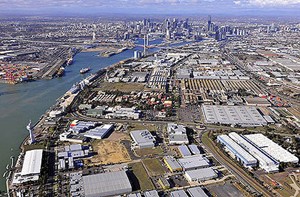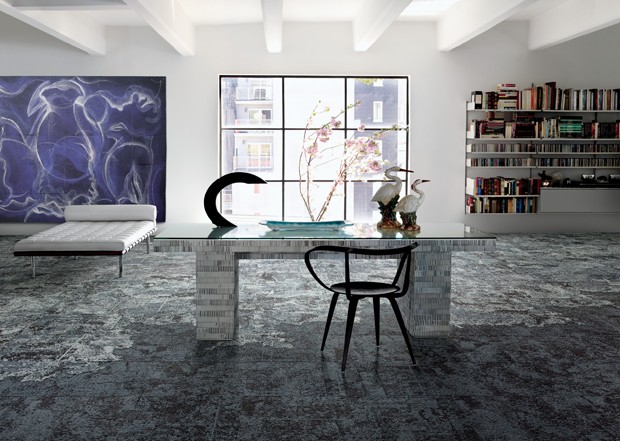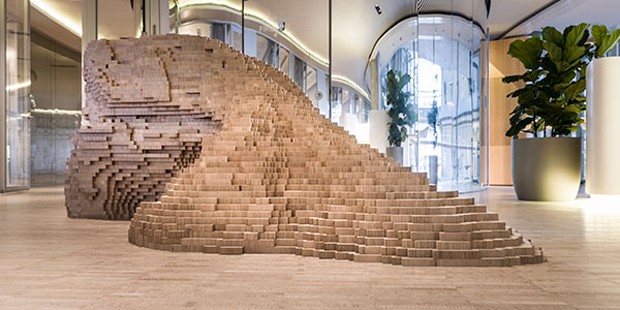The Department of Foreign Affairs fact sheet on working in China says that China will take into account Australian experience in assessing applications for higher-level qualifications, allowing Australian architecture and urban planning firms to obtain more expansive business licences to undertake higher-value projects in China. The hope is that by having their qualifications recognised, Australian architects will be able to offer full design services in China, especially for firms already working in China to build on an existing presence in the country.
Other opportunities may present themselves with an acknowledged broadening of sustainability work in the region. A report on green buildings in South-East Asia shows that green building principles already well entrenched in developed markets such as Singapore and Hong Kong is becoming mainstream in “emerging South-East Asia”, as report writers BCI Economics and FutureArc, call it.
Supported by Green Building Councils across the region, the report shows that 46 per cent of South-East Asian architects pursue formal certification for their projects with 79 per cent saying they intend to do so in the future. The industry also is now realising that as well as being important for the environment, green building principles also lead to commercial benefits.
Closer to home, the Green Building Council of Australia is urging the new Victorian Government “to reclaim the state's status as the greenest state”.
 “Victoria has the highest number of certified Green Star projects in the country – with 227 Green Star ratings for both public and private buildings,” says the GBCA’s Chief Operating Officer, Robin Mellon.
“Victoria has the highest number of certified Green Star projects in the country – with 227 Green Star ratings for both public and private buildings,” says the GBCA’s Chief Operating Officer, Robin Mellon.
“We were disappointed to see the Napthine Government disband the Greener Government Buildings program, which had achieved cost savings of more than $1.2 million a year across 16 key government buildings, as well as a reduction of more than 8,000 tonnes of greenhouse gas emissions. We will be advocating that this program be reinstated.
“We also urge the incoming government to commit to Green Star outcomes for healthcare and education projects, in particular the 13 PPP schools to be built over the next three years.”
Fishermans Bend (above), as well as other urban renewal projects such as Federation Square East, are also singled out for the former government’s failure to commit to a Green Star rating for these buildings and communities.
Being inventive and creative are still the most promising avenues for eye-opening projects. Net-Works, a collaboration of Interface and the Zoological Society of London, was set up to tackle the growing problem of discarded fishing nets in some of the world’s poorest rural coastal areas – in central Philippines, for instance. The local communities collect the nets, which are shipped to Slovenia where they are recycled into nylon yarn used to create carpet tiles.

Net-Effect by Interface Aust
In the first two years over 41,400 kg of discarded fishing nets were reportedly collected, providing supplementary income for fishers and community members, also leading to the formation of community banking systems that help strengthen the local economy.
And the work of contemporary sculptor Chris Fox at the Commonwealth Parliamentary Offices at 1 Bligh Street expresses form and motion over three floors of some 1,800 square metres of Victorian Ash parquetry.
“We demanded a lot of it and it responded well to cutting, laminating and end-matching. The team came to love the blocks."

Image: Britton Timbers
The timber was sourced and supplied through a partnership between Australian Sustainable Hardwoods and Britton Timbers and makes for a stunning contribution.

